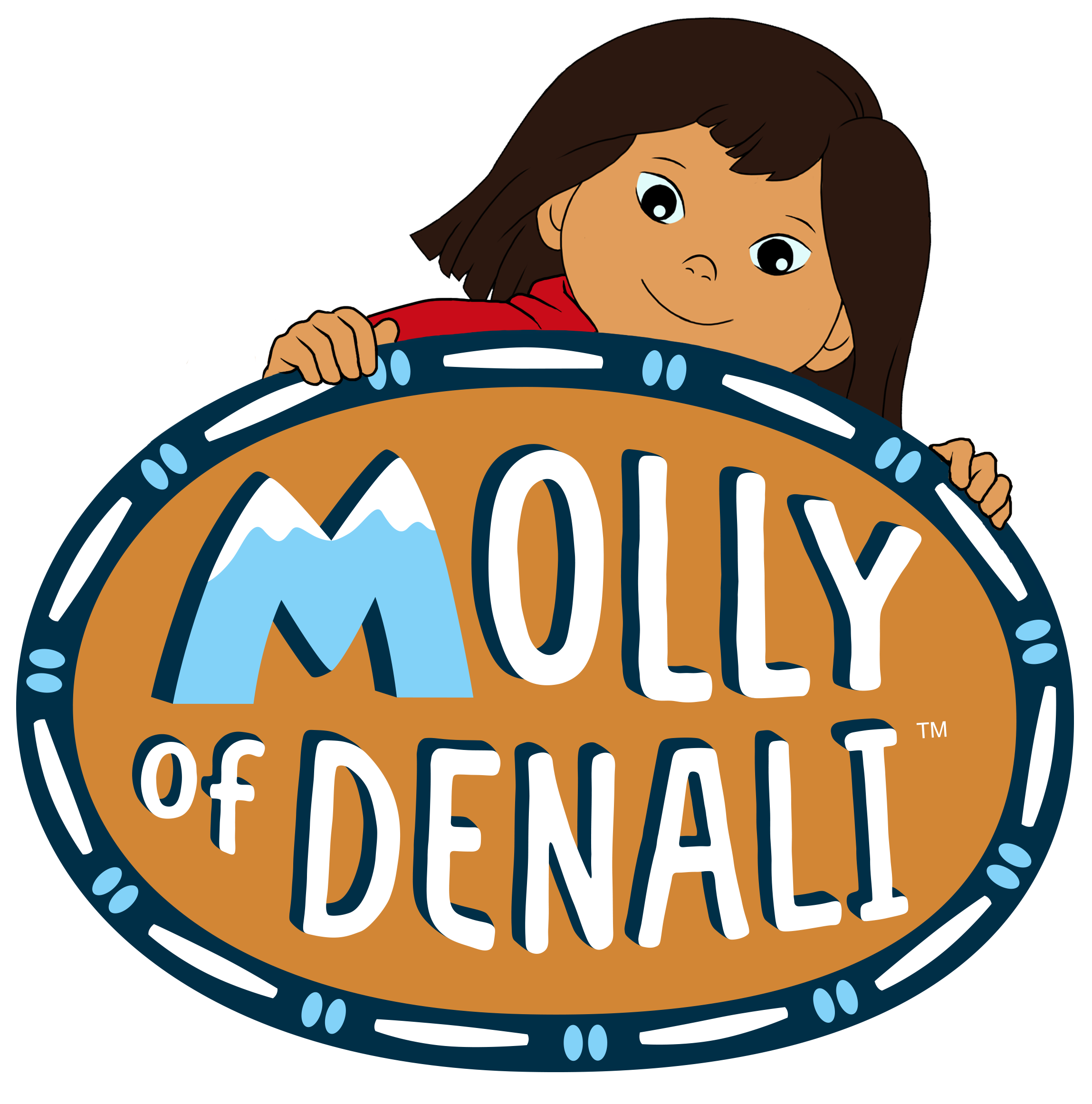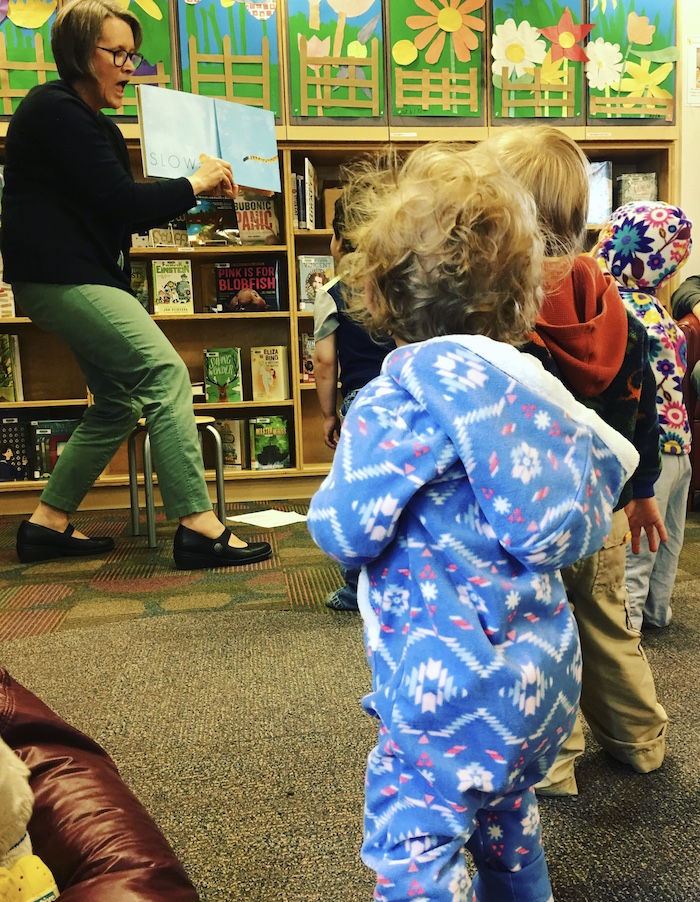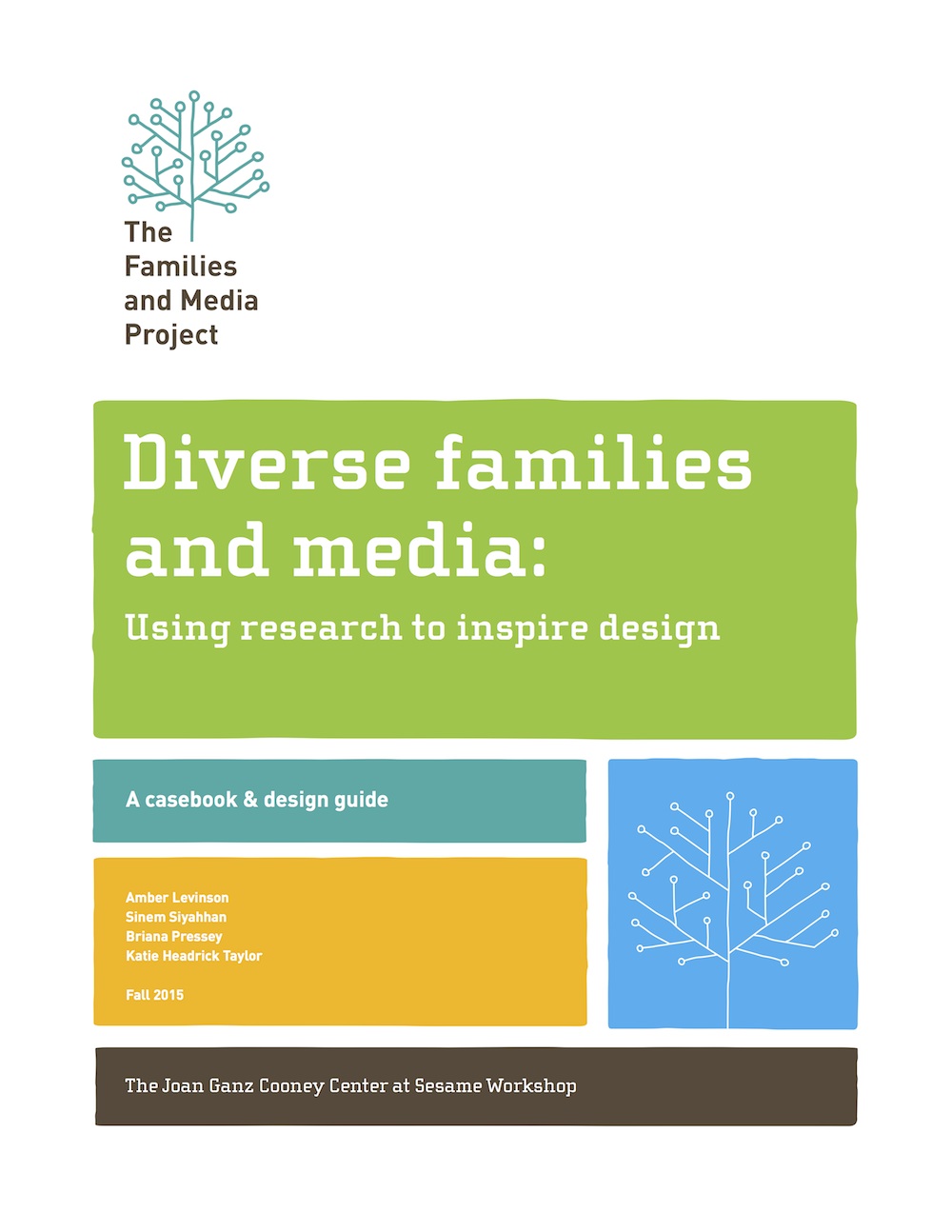As a children’s librarian at a small library, a significant part of my job is to find and purchase the best books, audiobooks, puzzles, apps, websites, devices, and even toys for kids and teens ages 0-18. I’m also tasked with making sure families can find them in the library. Some of these items will go on shelves for check out, some will be used in programs like storytime, the maker club or a long list of other programs held throughout the year, and others will be part of the library’s collection of digital resources. I am always looking for the best that will help my community’s kids learn and grow. It’s no small task, but I love it.

This year, my work reviewing and evaluating has taken on a new significance. I’m honored to serve on the Association for Library Service to Children’s 2018 Caldecott Award Committee, which each year recognizes the illustrator of the most distinguished picture book for 0-14-year-olds. I was also fortunate to spend the winter collaborating with KIDMAP on a checklist to evaluate digital media for kids. Each book I review for the Caldecott award, and ultimately the families at my library, is methodically evaluated using a rubric of sorts that draws on award criteria, research, and my experience working with children and teens. The digital media I review for sharing with families at the library undergoes the same scrutiny. As a media mentor, finding high quality media, in all of these formats, is an essential part of my work supporting the information, literacy, and media needs of my community’s families.
While the Caldecott has well-established criteria and the merits of individual picture books have been reviewed, discussed, and debated for many years, new media is well, new, and what makes high quality digital media is less defined. Often times what is determined to be high quality often reflects the needs of only some. The “best” do not always support a wide array of abilities, multiple home languages, and a variety of cultures. And while being glitch-free, entertaining, and age-appropriate is important, high quality also means being inclusive and rich in diversity.
What does diverse and inclusive digital media for children look like? With the KIDMAP Checklist we aimed to figure that out. The checklist is designed to help reviewers, educators, librarians, and caregivers find and create digital media that is high quality and relevant to families with a variety of experiences. As with paper books for kids, digital media should provide a mirror, window, and sliding glass door; allowing kids to see themselves reflected in the stories told and learn about worlds beyond their own.

The extensive checklist, made possible with the support of the Joan Ganz Cooney Center, includes sections addressing digital media’s content, art, audio, audience, purpose, functionality/navigation, support materials, and creative teams. The checklist can be used as a rubric or guide in both selecting digital media and designing it. Many elements of high quality traditional media can be applied to digital content and formats. Traditional media’s sometimes slow progress to broaden diversity and be inclusive does not need to be replicated however.
As with any rubric or evaluation tool, a specific app may not meet every criterion on the KIDMAP checklist and that is OK. Some elements may not apply to every type of media or title. The checklist is meant to be as all-encompassing as possible so that families, educators, designers, and decisions makers can consider inclusion and diversity alongside other elements of high quality digital media. Each question draws attention to an aspect of digital media that impacts both kids’ ability to access the content and how positive the learning experience will be once they delve into it.
The checklist is now available as a download and we expect to update it. Please use the checklist as you evaluate, select, and create digital media for kids and feel free to send your comments and questions about the checklist to KIDMAP.
Note: As a librarian and media mentor, I am especially excited by the Association for Library Service to Children’s decision in 2016 to formally recognize high quality digital media for young children (Excellence for Early Learning Digital Media) and I look forward to seeing the product of their first year’s work!
The checklist was inspired by the work of many including Nova Scotia’s Bias Evaluation Instrument (Canada), Reading Diversity (from the Southern Poverty Law Center’s Teaching Tolerance), Joan Ganz Cooney Center’s The New Coviewing, Tap, Click, Read by Lisa Guernsey and Michael Levine, the Bias Screening Instrument for Interactive Media crafted by Warren Buckleitner (Children’s Technology Review) and Kevin Clark (Center for Digital Media, Innovation and Diversity), and Evaluating Apps and New Media for Young Children: A Rubric.
Thanks go out to Sandhya Nankani (Literary Safari), Amy Kraft (Monkey Bar Collective), J. Elizabeth Mills (University of Washington), Tamara Kaldor (TEC Center at Erikson Institute), Kevin Clark, Ph.D. (Center for Digital Media Innovation and Diversity, George Mason University), Chip Donohue, Ph.D. (TEC Center at Erikson Institute), Warren Buckleitner (Children’s Technology Review), Carissa Christner (Madison Public Library), and Daryl Grabarek (School Library Journal).
 Claudia Haines leads storytimes, hosts Maker programs, and gets great media into the hands of kids and teens as the Youth Services Librarian and Media Mentor at the Homer Public Library (Alaska). She is a co-author of the Association for Library Service to Children’s white paper, Media Mentorship in Libraries Serving Youth (2015). She trains other librarians as media mentors and serves on both local and national committees that support families and literacy. She blogs at www.nevershushed.com. @claudiahaines
Claudia Haines leads storytimes, hosts Maker programs, and gets great media into the hands of kids and teens as the Youth Services Librarian and Media Mentor at the Homer Public Library (Alaska). She is a co-author of the Association for Library Service to Children’s white paper, Media Mentorship in Libraries Serving Youth (2015). She trains other librarians as media mentors and serves on both local and national committees that support families and literacy. She blogs at www.nevershushed.com. @claudiahaines
Edited 10/26/17




